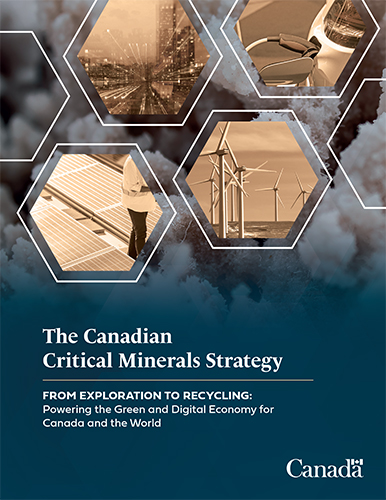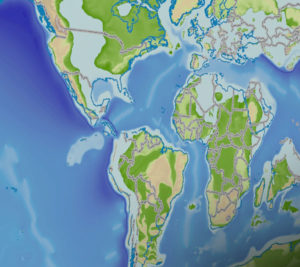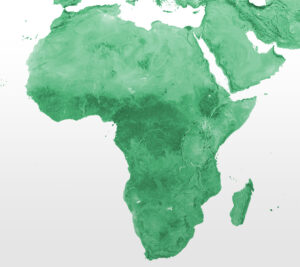 As 2022 drew to a close, Jonathan Wilkinson, Canada’s Minister of Natural Resources announced his government’s Critical Mineral’s Strategy along with an allocation of almost $4 billion of federal funding to turn those words into reality. The funding will be for geoscience and exploration, mineral processing, manufacturing and recycling applications, and support for research, development and deployment.
As 2022 drew to a close, Jonathan Wilkinson, Canada’s Minister of Natural Resources announced his government’s Critical Mineral’s Strategy along with an allocation of almost $4 billion of federal funding to turn those words into reality. The funding will be for geoscience and exploration, mineral processing, manufacturing and recycling applications, and support for research, development and deployment.
The Canadian government views ‘the exploration, extraction, processing, product manufacturing and recycling of critical minerals’ as a ‘generational opportunity’ for their country. Further, the administration believes that critical minerals ‘are a key ingredient for creating middle class jobs and growing a strong, globally competitive Canadian economy.’
So, whilst leaders understand that increased exploration for critical minerals will be key to the energy transition, it is also becoming apparent to some, that the countries who lead the way, will benefit their societies and economies.
This drive for the wider benefits of critical minerals exploration is reflected in the five key objectives of the Canadian government’s strategy, which are:
- Supporting economic growth, competitiveness and job creation;
- Promoting climate action and environmental protection;
- Enhancing global security and partnership with allies;
- Fostering diverse and inclusive workforces and communities; and
- Advancing reconciliation with Indigenous Peoples;
The first three objectives in the list are common to nearly every critical minerals’ strategy and we have explored them in more detail in previous blogs, but the inclusion of the last two maybe a little surprising.
Today, Canada supplies the world with 60 minerals and metals from two hundred mines and thousands of quarries: many of which are located close to or on the territories of Indigenous Peoples.
Recognising this as a possible source of tension, the government has included three objectives within their strategy. These are:
- to ensure that economic reconciliation is prioritised;
- that Aboriginal and treaty rights are respected and;
- that responsible critical mineral development contributes to the socio-economic well-being of Indigenous communities.
Nearly half of the world’s publicly listed mining and mineral exploration companies call Canada home. All of them will need to understand, recognise and comply with these objectives to ensure their activities continue within Canada.
All companies are working in a changing world where the well-being and inclusion of everyone, are additional driving forces behind growth. Both investors and consumers of critical minerals must consider these environmental, social and governance (ESG) factors as part of their future planning.
To learn more about how Getech is #FindingCriticalMinerals, visit Stand 6829N at The Prospectors & Developers Association of Canada (PDAC) Convention in Toronto, Canada between 5 – 8th March 2023.










